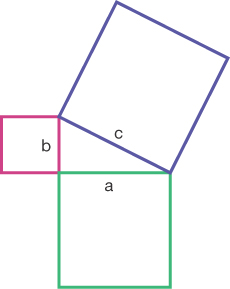ACTIVITY THINKING ABOUT LITERACY COMMUNITIES
Describe the latest movie you saw, game you played, or song you listened to. Write one description directed to a close friend, one for a parent or grandparent, and one for your teacher who is going to grade you based on the level of detail you include in the description. Afterward, look back at the language choices you used and examine what is similar and different between the pieces. How do your language choices represent the differences among your literacy communities?
6
Let’s look at another example of a literacy community, this section from the popular sports blog Grantland.
In this standard high pick-

In terms of setting ball screens, versatility means the ability to do different things when the point guard comes off your screen. As a shooting 7-
Now, unless you play or watch basketball regularly, there are a number of words and phrases that you probably recognize, but not in the way they are used here: guard, paint, screen, hedge, key, pop, roll, dives, and so on. These are terms that are familiar to those within this literacy community, but might confuse others outside of it. Someone with limited basketball knowledge might reasonably ask why a basketball player would suddenly dive into paint in the middle of a game.
It is also important to understand that literacy includes more than just being able to read and use words because many literacy communities utilize both verbal and nonverbal means to communicate information. Consider the following mathematical formula, which you are likely familiar with:
a2 + b2 = c2
7
Those who are math-

There are other types of nonverbal texts that we encounter and are expected to be able to understand, such as this pie chart:
